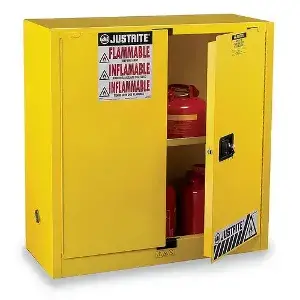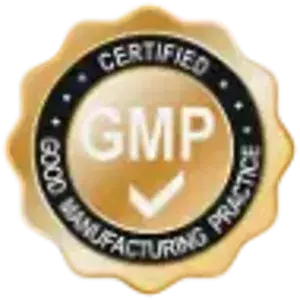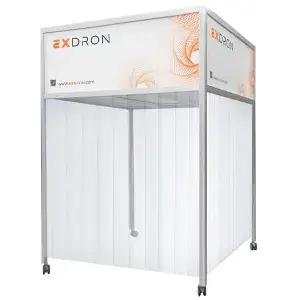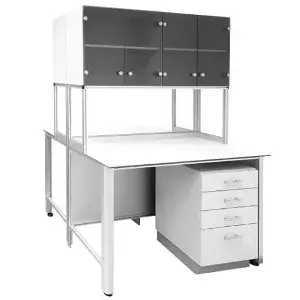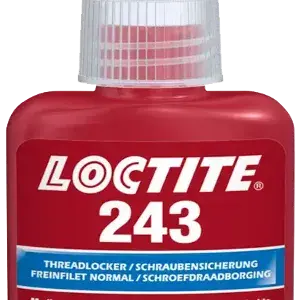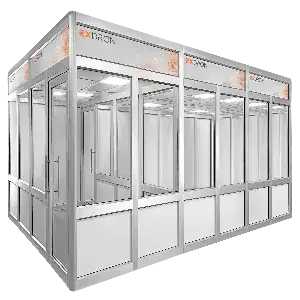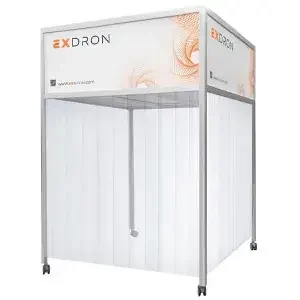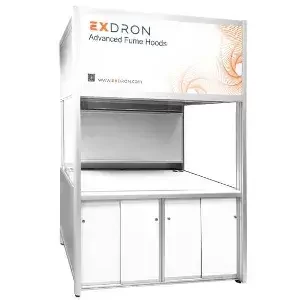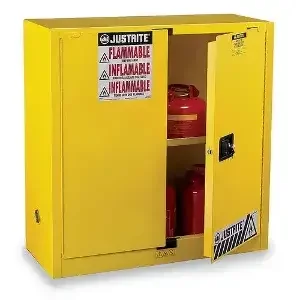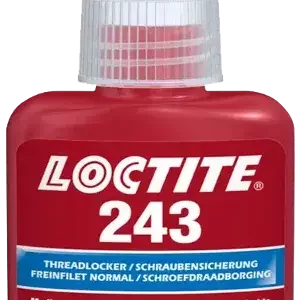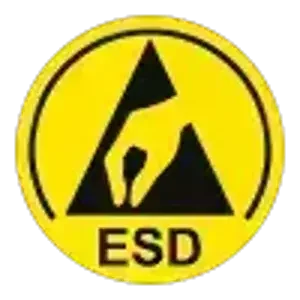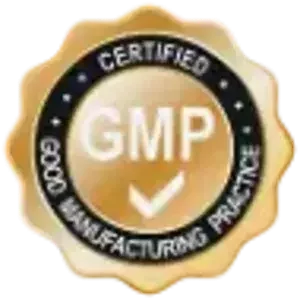What is a Cleanroom?
A cleanroom is a controlled environment that filters pollutants like dust, airborne microbes, and aerosol particles to provide the cleanest area possible. Cleanrooms are necessary for various kinds of scientific research and industrial production that require extremely clean conditions. For example, when scientists grow cultures, they need to reduce the introduction of other bacteria that could compromise the results. Similarly, when manufacturing microprocessors, any particle contamination could inhibit or destroy the functionality of the chips.
Cleanrooms are classified by how clean the air is, according to the particle quantity and size per unit volume of air. There are two standards commonly used for this classification: ISO 14644-1 and US Federal Standard 209E. The ISO standard assigns a class ranging from ISO 1 to ISO 9, with the lower classes permitting less particulate contamination. A cleanroom graded ISO 1 is permitted to contain no more than 10 particles of size greater than 0.1 microns per cubic meter of air. A cleanroom graded ISO 9 is equivalent to the ambient outdoor air in a typical urban area, which contains 35 million particles of size greater than 0.5 microns per cubic meter of air1.
Cleanrooms are either hard- or soft-walled. A hard wall cleanroom is a permanent structure or part of a larger permanent structure, while a soft wall cleanroom can be transported or augmented depending on the requirements, and primarily exists within a larger, permanent structure. Modular, soft wall cleanrooms are useful for medical emergencies or when smaller runs of environment-sensitive materials are produced within a larger facility 2.
Cleanrooms employ air filtration to limit the particles in the environment air. Typically, this is through the use of either HEPA or ULPA filters. These filters can remove roughly 99.9 percent of all microparticles in room air by applying either laminar air flow or turbulent air flow techniques to the environment air. Laminar air flow refers to air that flows in a straight, unimpeded path, while turbulent air flow refers to air that flows in a highly random motion. Both methods aim to dislodge particulates and encourage their movement towards the exhaust outlets 3.
Cleanrooms also use other techniques to prevent air particles, bacteria, and other contaminants from entering the workspace, such as:
• Specialized construction and climate control equipment for positive and negative pressure rooms
• Pass-through windows and chambers for material transfer
• Employee dress code and washing procedures
• Intensive cleaning and disinfection protocols
Cleanrooms are used in a variety of industries, such as:
• Electronics and semiconductors
• Micromechanics and nanotechnology
• Biotechnology and pharmaceuticals
• Medical devices and sterile compounding
• Food and beverage
At Exdron, we are experts in designing, building, and maintaining cleanrooms for various applications. We use the latest technology and standards to ensure the highest quality and performance of our cleanrooms. Whether you need a cleanroom for research, development, or production, we can provide you with a customized solution that meets your specific needs and budget. Contact us today to find out how we can help you achieve your cleanroom goals.



